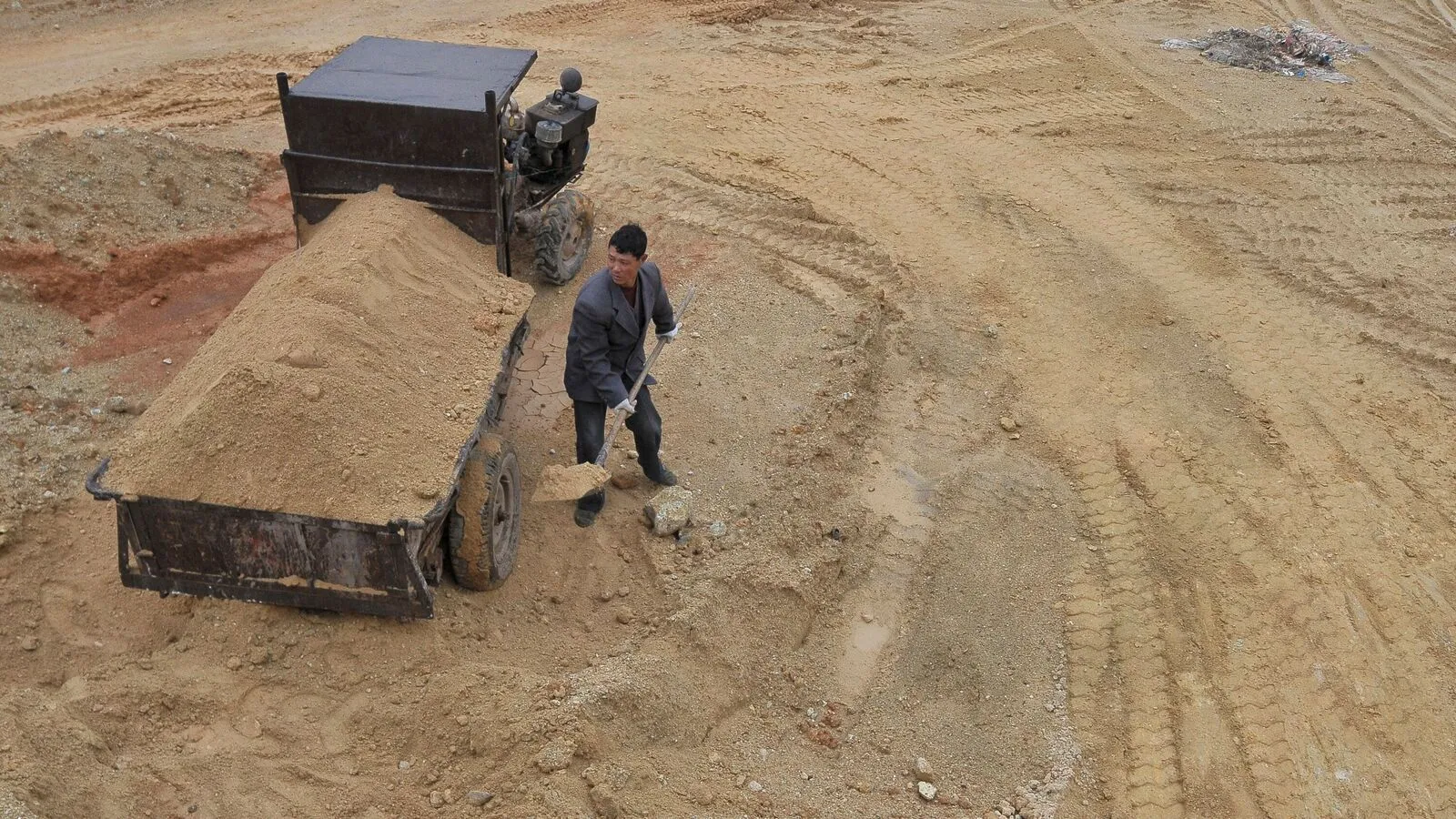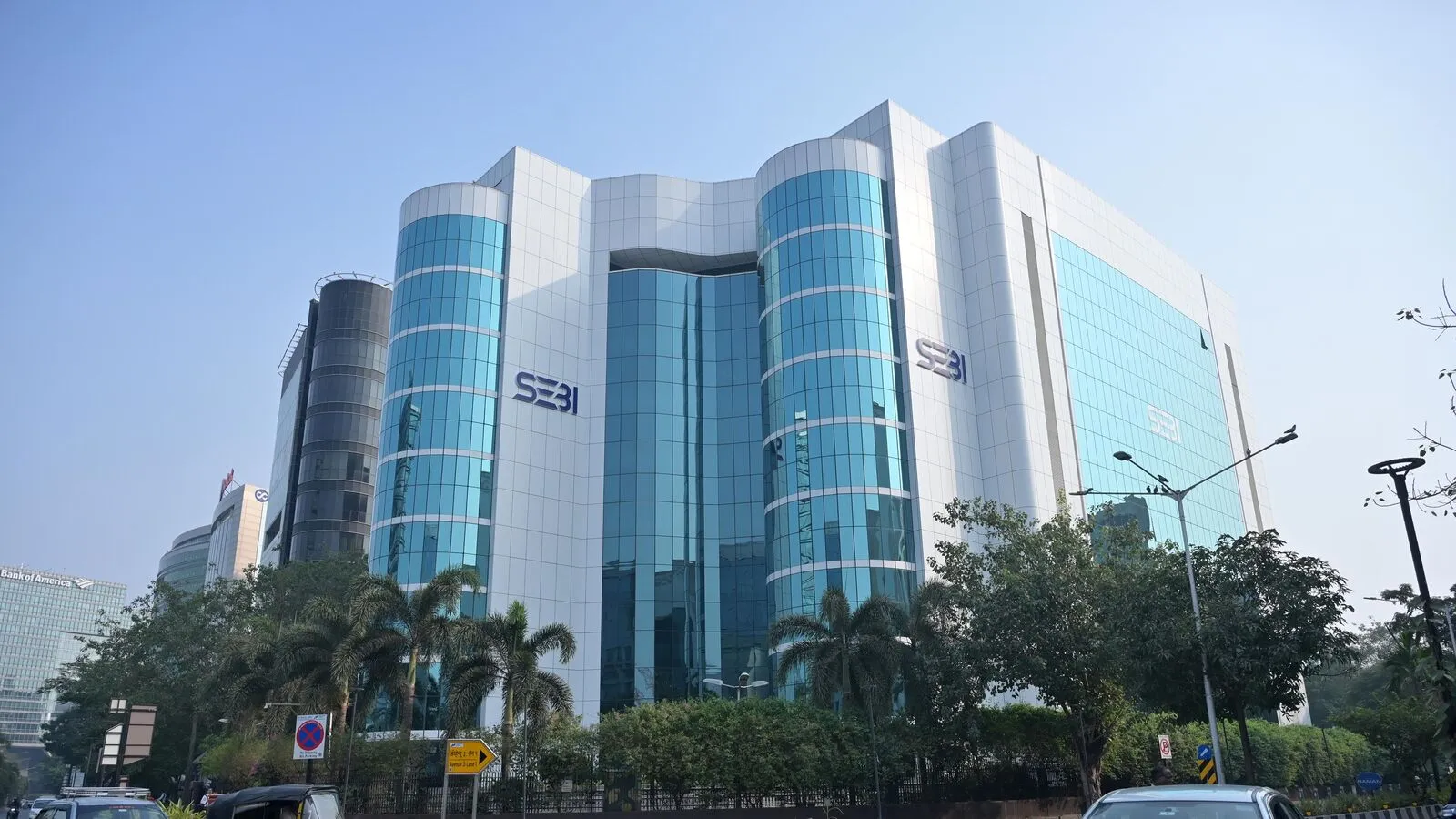Time to rethink these Indian EV stock holdings?

The country accounts for nearly 70% of the world’s rare earth mining, with the rest split among the US, Australia, and Myanmar. That dominance means any supply disruption can reverberate across industries, especially in countries like India that rely heavily on imports.
With key components at risk, input costs may surge and production timelines could slip, tightening margins for Indian EV companies just as global competition intensifies.
Read this | India’s EV dreams are caught between rare earth and a hard place
This article looks at three Indian EV players now exposed to the rare earth squeeze—and what the evolving crisis could mean for their near-term performance.
#1 Maruti Suzuki
First up is Maruti Suzuki, India’s largest passenger vehicle maker by production and sales, and a subsidiary of Japan’s Suzuki Motor Corp. Its lineup spans hatchbacks, compact SUVs, and premium sedans.
Maruti has reportedly slashed its near-term production target for the electric SUV e-Vitara by nearly two-thirds due to a shortage of rare earth materials. The company now plans to produce just 8,221 units between April and September, down from 26,512. A company document cited supply constraints in rare earth elements as the main reason.
Unveiled at the Bharat Mobility Global Expo 2025, the e-Vitara was intended to be a marquee launch, with FY26 sales targeted at 70,000 units.
Parent Suzuki has also scaled back its India ambitions. It recently lowered its FY31 sales target from 3 million to 2.5 million vehicles, trimming its planned EV lineup for India from six models to four. India remains Suzuki’s largest market by revenue, but these revisions suggest a cautious approach at a time when global and local rivals are accelerating.
Despite the strategic retreat in EVs, Maruti Suzuki has performed strongly over the past five years. Revenue has grown at a 15% CAGR, powered by post-Covid recovery and improved capacity utilization. Net profit has expanded at an even faster 35% CAGR, reflecting healthy operating leverage, a better product mix, and cost efficiencies.
The company’s balance sheet is among the strongest in the sector, with zero debt, a 16% return on equity (RoE), and 21.76% return on capital employed (RoCE) – metrics that outshine peers like M&M and Tata Motors.
To drive future growth, Maruti is betting on a broader SUV and BEV portfolio. It has committed ₹8,000-9,000 crore in capex to expand annual production capacity to 4 million units, and plans to launch six EVs by FY31.
However, its EV ambitions may be derailed if rare earth supplies remain tight.
Read this | China’s rare earth export curbs are India’s wake-up call
The market appears to be factoring in these headwinds: Maruti shares are down 3.5% over the past year. The stock trades below its 10-year average of 37.3x at 26.9x P/E, suggesting the market is pricing in some of these near-term challenges and uncertainties around its EV transition.
#2 TVS Motor
Next is TVS Motor, India’s largest electric two-wheeler maker and the only domestic OEM with fully in-house EV and connected tech capabilities—from batteries to infotainment systems.
TVS holds a 24% market share in the electric two-wheeler space (as of May 2025), led by its flagship iQube. It has also launched the electric three-wheeler EV King Max, expanding its portfolio.
In a recent interview, managing director Sudarshan Venu acknowledged looming supply chain disruptions from China’s export curbs. He warned of possible production halts and price hikes, and expects the impact to reflect in industry-wide numbers by June or July.
EVs currently contribute 9.3% of TVS’s revenue, and several new models are nearing launch. While long-term prospects remain solid, rare earth volatility poses clear near-term risks.
Over the past five years, TVS has delivered strong growth: Revenue has risen at a 19.5% CAGR and net profit at a 31.6% CAGR. The company’s broad presence across motorcycles, scooters, and mopeds has helped build scale and market depth.
Operating profit margins have improved from 12% in FY20 to 15% in FY25, driven by cost discipline and a more premium product mix, likely driven by higher-margin premium motorcycles and EVs.
This has translated into a robust RoE of 28.9% for the company – highest among its peers. However, RoCE stands lower at 19.4% mainly due to a higher debt burden.
TVS Motor’s debt-to-equity ratio stands high at 1.73x as capital expenditures have been significant (Rs. 1,800 crores in FY24 standalone), primarily for new products and technology (including EV and three-wheeler EV), these are seen as investments for future top-line growth and improved free cash flow in the long run
Read this | TVS Motor posts 75% profit growth, but worries about capital allocation persist
Shares are down 1.11% over the past month, likely reflecting concerns about EV supply constraints, but are still up 12.8% over the past year.
Valuations are rich: TVS currently trades at a P/E of 58.9x, well above its 10-year average of 47.6x. This premium pricing suggests that a large part of its future growth potential may already be factored into the stock price.
#3 Sona BLW Precision Forgings (Sona Comstar)
The third company under pressure is Sona Comstar, a global mobility tech firm that supplies EV and non-EV components to OEMs around the world, including Tata, Maruti Suzuki, Bajaj Auto, and M&M.
Unlike Maruti and TVS, which have avoided detailed commentary, Sona Comstar has been upfront about the risks. On its March 2025 earnings call, it explicitly flagged the potential for global production disruptions due to reliance on Chinese rare earth materials, especially magnets critical to EV powertrains.
To mitigate this, management is engaging with stakeholders including the Chinese embassy, while also exploring alternative technologies such as ferrite magnets and non-China sourcing.
Still, the pinch is already being felt. China reportedly rejected one of the company’s two applications to import rare earth magnets in late May. The second is still under review.
Sona Comstar is actively working with OEM partners to balance performance trade-offs in rare-earth-free motors, though that transition could come with cost and timeline challenges.
Despite the external headwinds, the company’s fundamentals remain robust.
Over the last five years, the company’s revenue has grown at a CAGR of 28.1% driven by rising electrification trends and increased global traction in powertrain solutions while net profit has grown at a CAGR of 10.8%.
Operating profit margins (OPM) have also remained healthy and stable, ranging between 23% and 29% during this period. Its 5-year average OPM stands at 27.2%, well above peers like Bharat Forge and Samvardhana Motherson who have OPMs in the range of 9-18%.
Return ratios, too, stand robust with an RoE of 15.1% and RoCE of 18.7%. Debt-to-equity ratio stands low at 0.04x.
The company is sharply focused on the EV segment: EVs account for 39% of its total revenue, and a massive 77% of its ₹24,000 crore order book comes from EV programmes. This makes it especially vulnerable to rare earth shortages. While Sona Comstar is proactively exploring solutions, the transition may impact cost structures, product performance, and timelines.
Investors must watch how effectively the company manages this material transition and whether it can maintain its technological edge and margins amid supply chain reengineering.
Shares have fallen 22% over the past year, underperforming broader auto component peers. The stock trades at a P/E of 51.7x, below its 5-year average of 76x, though still expensive.
Also read | Automakers urge Indian govt for diplomatic outreach to China for rare earths
Conclusion
All three companies—Maruti Suzuki, TVS Motor, and Sona Comstar—have strong long-term fundamentals and strategic clarity. But in the short term, the rare earth supply crunch is a real and rising risk. Production timelines, margin structures, and investor sentiment may all be affected.
China’s new export rules demand end-use declarations, approvals from Indian ministries and the Chinese embassy, and final clearance from Beijing. Despite 30+ pending applications from Indian automakers, none have been cleared. Delays now exceed the promised 40–45 days, and a proposed dialogue between Indian auto bodies and Chinese officials remains stuck in red tape.
For more such analyses, read Profit Pulse.
Until there is more clarity on approvals and alternative sourcing, investors may want to tread carefully—and track closely how these companies adapt to a fast-moving supply chain challenge.
About the author: Ayesha Shetty is a research analyst registered with the Securities and Exchange Board of India. She is a certified Financial Risk Manager (FRM) and is working toward the Chartered Financial Analyst (CFA) designation.
Disclosure:The author does not hold shares in any of the companies discussed. The views expressed are for informational purposes only and should not be considered investment advice. Readers should conduct their own research and consult a financial professional before making investment decisions.








